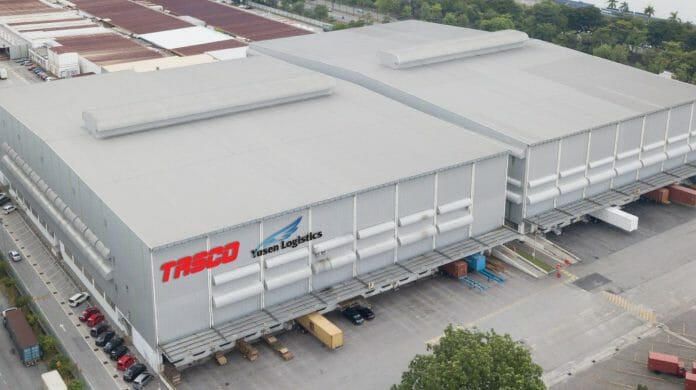The progress of the much-anticipated 600k sq ft Shah Alam Logistics Centre (SALC) is on track, and TASCO expects to have a handover of rental space to its electrical & electronics and retail customers in Jan 2024, said RHB Research in the recent Small Cap ASEAN Research Report.
There is another 400k sq ft of leasable space under the SALC-Phase 2 expansion in the works. According to RHB Research (RHB) in the recent Small Cap ASEAN Research Report, this is at the design stage, given the scarce supply and higher demand for warehouse space within the vicinity.
Meanwhile, its new 250k sq ft West Port Logistics Centre expansion is expected to be completed by November, in time to cater to a new customer. TASCO’s cold chain operation is currently operating at 110% capacity, although RHB notes that this overflow is mainly due to the festive season.
RHB understands that TASCO expects to grow its capacity by another 16k palettes by quarter four 2023, once the lease for its current tenant has expired.
Investor concerns over the normalisation of freight rates are overdone, in RHB’s view. While revenue within the freight segment will fluctuate when these rates soften, earnings should be cushioned by TASCO’s ability to lock in ocean freight rates, and its strong bargaining power, such as better margins and stronger volumes.
This would also help improve its earnings visibility, versus the period of elevated freight rates where most rates are negotiated on a short-term basis.
Meanwhile, TASCO’s well-diversified business model, with its strength in contract logistics and cold chain, coupled with the Integrated Logistics Solutions or ILS tax incentive should enable it to better sustain margins.
TASCO’s global presence enables it to expand into a fourth-party logistics business, and manage the entire supply chain for its key client. Leveraging on its parent’s proprietary software solution and network, it aims to further grow its supply chain solutions business and maintain client stickiness by on-boarding more clients to employ its innovative and optimal supply chain solutions. Key downside risks identified by RHB are weaker-than-expected freight volumes, contract terminations and higher-than-expected costs.









